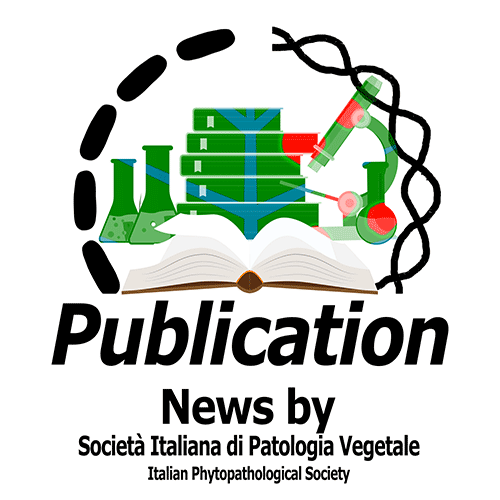The use of plant-associated bacteria has received many scientific and economic attention as an effective and alternative method to reduce the chemical pesticides use in agriculture. The genus Burkholderia includes at least 90 species including pathogenic strains, plant pathogens, as well as plant...
Strobilurins from fungi are the inspiration for the creation of the β-methoxyacrylate class of agricultural fungicides. However, molecular details of the biosynthesis of strobilurins have remained cryptic. Here we report the sequence of genomes of two fungi that produce strobilurins and show that...
Environmental DNA surveys reveal that most fungal diversity represents uncultured species. We sequenced the genomes of eight uncultured species across the fungal tree of life using a new single-cell genomics pipeline. We show that, despite a large variation in genome and gene space recovery from...
This study provides empirical evidence for antagonistic density-dependence mechanisms driving sexual reproduction in the wheat fungal pathogen Zymoseptoria tritici. Biparental crosses with 12 increasing inoculum concentrations, in controlled conditions, showed that sexual reproduction in Z. tritici...
Genome editing technologies have progressed rapidly and become one of the most important genetic tools in the implementation of pathogen resistance in plants. Recent years have witnessed the emergence of site directed modification methods using meganucleases, zinc finger nucleases (ZFNs),...
Pseudomonas syringae pv. actinidiae (Psa) biovar 3 caused pandemic bacterial canker of Actinidia chinensis and Actinidia deliciosa since 2008. In Europe, the disease spread rapidly in the kiwifruit cultivation areas from a single introduction. In this study, we investigated the genomic diversity...
Filamentous pathogens, including fungi and oomycetes, pose major threats to global food security. Crop pathogens cause damage by secreting effectors that manipulate the host to the pathogen's advantage. Genes encoding such effectors are among the most rapidly evolving genes in pathogen genomes....
The bacterium Xylella fastidiosa re-emerged as a plant pathogen of global importance in 2013 when it was first associated with an olive tree disease epidemic in Italy. The current threat to Europe and the Mediterranean basin, as well as other world regions, has increased as multiple X. fastidiosa...





